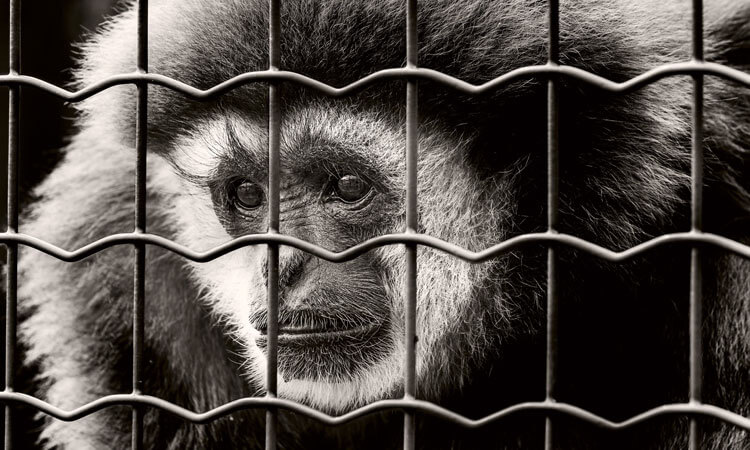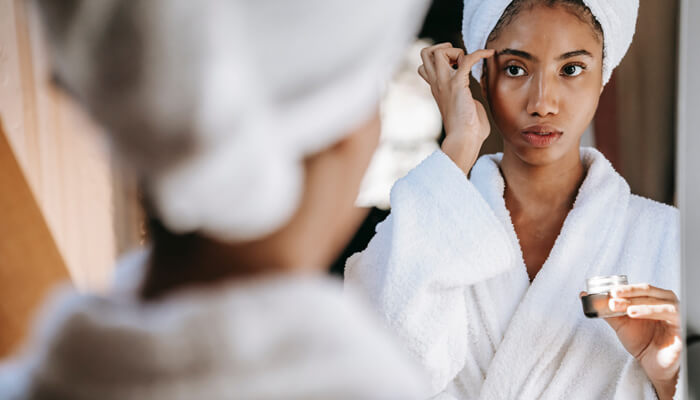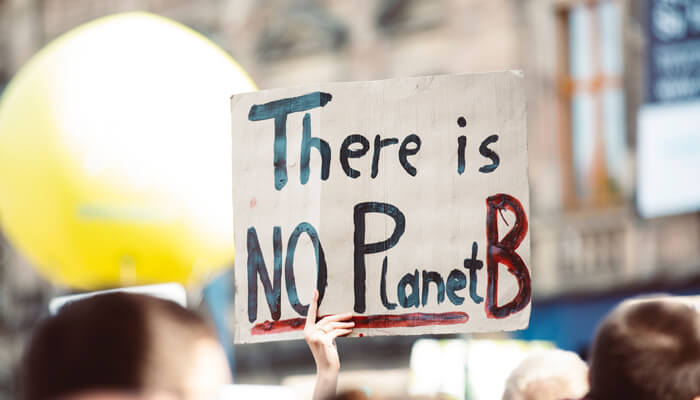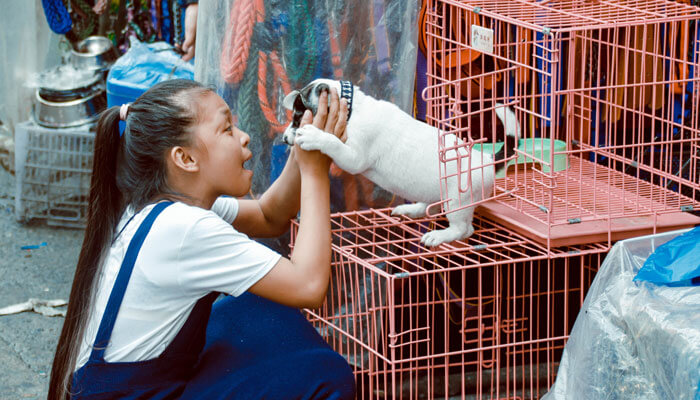
The TL; DR answer to this question is that L’Oreal is not cruelty-free. But wait, there’s more.
The cruelty-free status of beauty brands is not a clear-cut ethical practice indicator. Though some brands have made the ethical choice, conglomerates such as L’Oreal find it much more complex to navigate.
Several skincare and makeup brands under L’Oreal’s umbrella have passed rigorous tests and received cruelty-free certification. Yet, the group is unable to do the same.
Globally, 40 countries have outright banned cosmetic animal testing. Other countries are ambivalent about it, while one country, in particular, has a regulatory animal testing policy.
Could this be L’Oreal’s stumbling block?
Does L’Oreal Test on Animals?
A cruelty-free product is one made without animal testing throughout all the stages. The whole chain is scrutinized, from sourcing of raw materials to the product landing in the consumer’s hands.
According to its statement of commitment, L’Oreal no longer tests products or ingredients on animals. The group banned animal testing in 1989.

L’Oreal’s animal testing policy aside, the situation on the ground seems a lot murkier.
In 2021, following petitions from animal rights groups and the public, L’Oreal agreed to ban animal hair bristles in all its brushes.
This move came after an exposé carried out by PETA regarding the inhumane harvest of animal hairs as well as an 80,000-strong petition by members of the public.
Is L’Oreal Cruelty-Free?
If L’Oreal no longer tests products on animals, how come the company is listed as not cruelty-free by PETA?
PETA lists L’Oreal as not cruelty-free primarily because their products are still sold in mainland China where animal testing is required by law.
This quote from L’Oreal’s commitment statement walks a fine line:
“Certain health authorities may nevertheless decide to conduct animal tests themselves for certain cosmetic products, as is still the case in China.”
China’s Cosmetics Hygiene Supervision Regulations (CHSR), implemented in 1990, requires that all imported cosmetic products be tested on animals for safety or regulatory purposes, before being available to the market.
These post-market tests on animals are usually carried out by local Chinese health authorities. The cosmetic company foots the bill for these tests.
Although L’Oreal’s advocacy efforts against animal testing are commendable, they still allow and pay for the tests on active or special use cosmetics as required by law in China.
Why Is L’Oreal Still Sold in China?
L’Oreal has made a huge investment in their Chinese market with 25 brands, two manufacturing plants, and one research center. China is L’Oreal Group’s largest market, accounting for 10 percent of its global sales.
Despite the ethical issues in China’s cosmetic regulation, L’Oreal has a firm foothold there. This is their justification for it:
“By being present in China, L’Oréal can enable the regulation to evolve. L’Oréal is the most active company working alongside the Chinese authorities towards a total elimination of animal testing. As a result, the vast majority of products we sell in China are no longer tested on animals.”
Whether L’Oreal can deliver on the promise of change that seems implicit in their statement remains to be seen.
Animal testing laws that promote the welfare of animals require time, lobbying, and ethical research into alternative methods. For change to be seen anywhere in the world, the biggest players in the industry have to throw their lot into the fight.
Read on to find out the regulatory evolution that has recently happened.
What Alternative Testing Methods Does L’oreal Use?
L’Oreal began its move towards banning animal testing in the late 1970s, culminating in the 1989 ban.
In 1997, L’Oreal founded Episkin which reconstructs human tissues for safety and efficacy evaluation of products in vitro.

In vitro means studies or experiments carried out outside of a living organism. They, therefore, do not involve animals.
The engineered tissue mimics different types of human skin containing collagen, mucous membranes, or various levels of melanin.
These tissues are used to test the effects of cosmetic products on:
- UV exposure
- Skin irritation
- Skin corrosion
- Permeability — how well a product penetrates and spreads into the skin
- Depigmentation — the lightening of skin
L’Oreal also uses software to study the chemical composition of their products (molecular modeling) as well as any adverse effects they may have through computational systems toxicology.
For instance, L’Oreal gave research funding to the US Environmental Protection Agency (EPA) to the tune of $1.2 million. This was to determine whether EPA’s chemical toxicity forecaster (ToxCast) could be used in place of animal tests.
Which L’Oreal Makeup Brands Are Cruelty-Free?
L’Oreal has 39 cosmetic brands in its global portfolio.

In recent years, it has acquired brands that have cruelty-free certification from PETA and Cruelty Free International’s Leaping Bunny.
These are the two leading animal rights organizations with globally respected cruelty-free certifications.
These brands include:
- Nyx Cosmetics
- Dermablend
- Urban Decay
- IT Cosmetics
- Pureology
- Carol’s Daughter
- Garnier
Sticklers for the rules believe that these cruelty-free certifications don’t count if the parent company is not certified. They might argue cross-contamination of policies and practices across the cosmetics group.
However, each of these brands has its own ethos and mission. Having these ethical brands under its umbrella is a step in the right direction for the cosmetics giant.
The Winds of Change
500,000 is the number of animals that suffer and die annually from unnecessary and outdated tests.

Apart from using reconstructed human tissue and computational models for product testing, L’Oreal has played an advocacy role in changing cosmetics regulations in mainland China.
By establishing an Episkin center in Shanghai, China in 2014, L’Oreal has been able to take advantage of the non-animal testing regulatory alternatives available for products manufactured in the country.
2014 also saw China amend these directives to exempt cosmetics produced within the country.
Another exception to this rule is products in China imported through cross-border ecommerce (CBEC). They are not required to undergo regulatory animal testing.
In January 2021, China’s National Medical Products Administration (NMPA) formalized regulatory changes confirming that China will no longer require animal testing on ordinary or general cosmetics imports.
General products are called “non-functional” and include lip gloss, shampoos, body lotion, body wash, and makeup products.
On the other hand, special use (active) cosmetics such as sun protection, skin brighteners, anti-hair loss products, hair dyes, and perms are not included in these animal testing exemptions.
On the heels of these regulatory changes, France became the first EU country to qualify for these animal testing exemptions on general use cosmetics exported to China.
France, L’Oreal’s country of origin, has set up an online portal to facilitate the application for BPF certificates for export. This will help French cosmetic companies meet the conditions of the exemptions.
What Can I Do as a Consumer?
I know that was a lot to take in, but the thrust of it is that the L’Oreal cruelty-free certification from PETA is still in the distant future.
L’Oreal is taking steps to mitigate the ethical and environmental impact of its products. The group can be commended for the cruelty-free brands under its umbrella and its advocacy work.
Some of the necessary steps in the future are in its power while others will require the collaboration of industry stakeholders and policymakers.

As a conscious consumer, you can choose to consume the brands, under this parent company, that are certified cruelty-free.
You can also continue to support animal rights organizations and initiatives.
Take a look at Caring Consumer’s curated list of the best cruelty-free and vegan products to find your cruelty-free brand of choice that is good for you and our world.